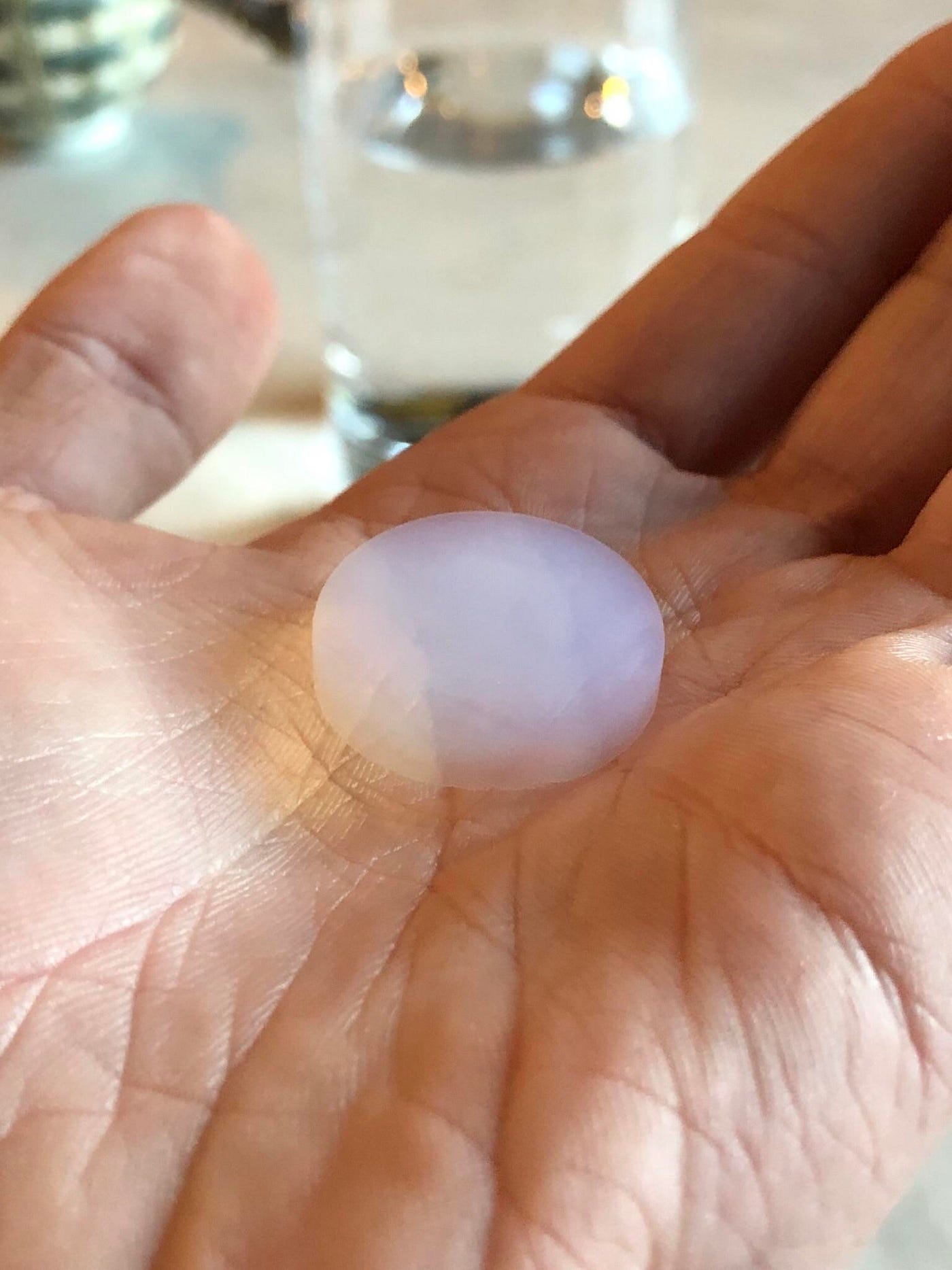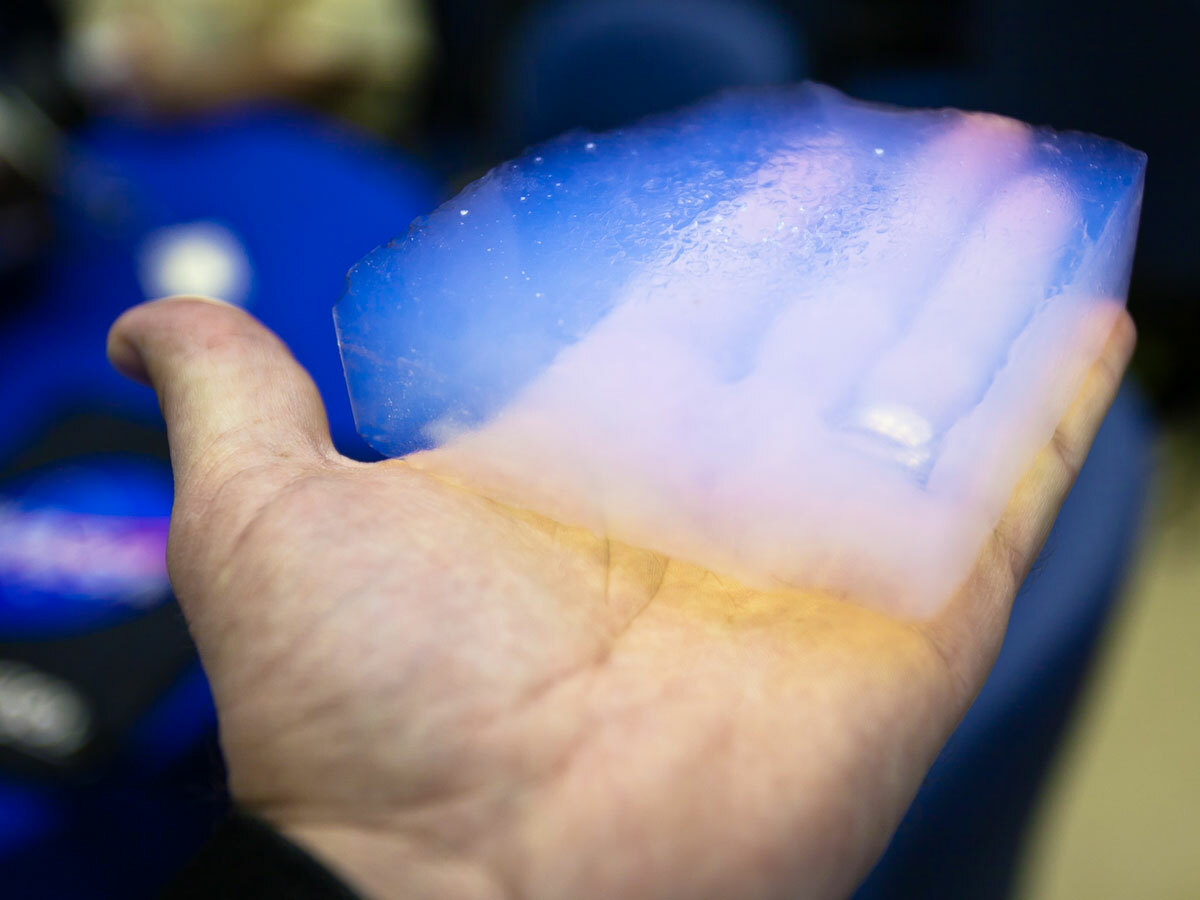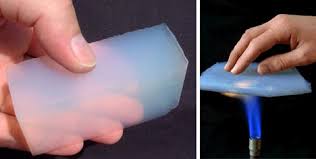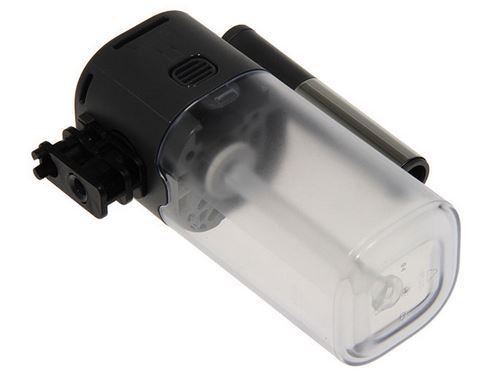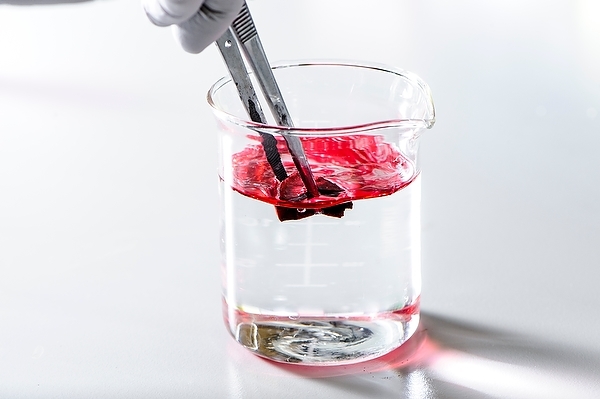
Greener' aerogel technology holds potential for oil and chemical clean-up
Cleaning up oil spills and metal contaminates in a low-impact, sustainable and inexpensive manner remains a challenge for companies and governments globally. But a group of researchers at UW–Madison is examining alternative materials that can be modified to absorb oil and chemicals.
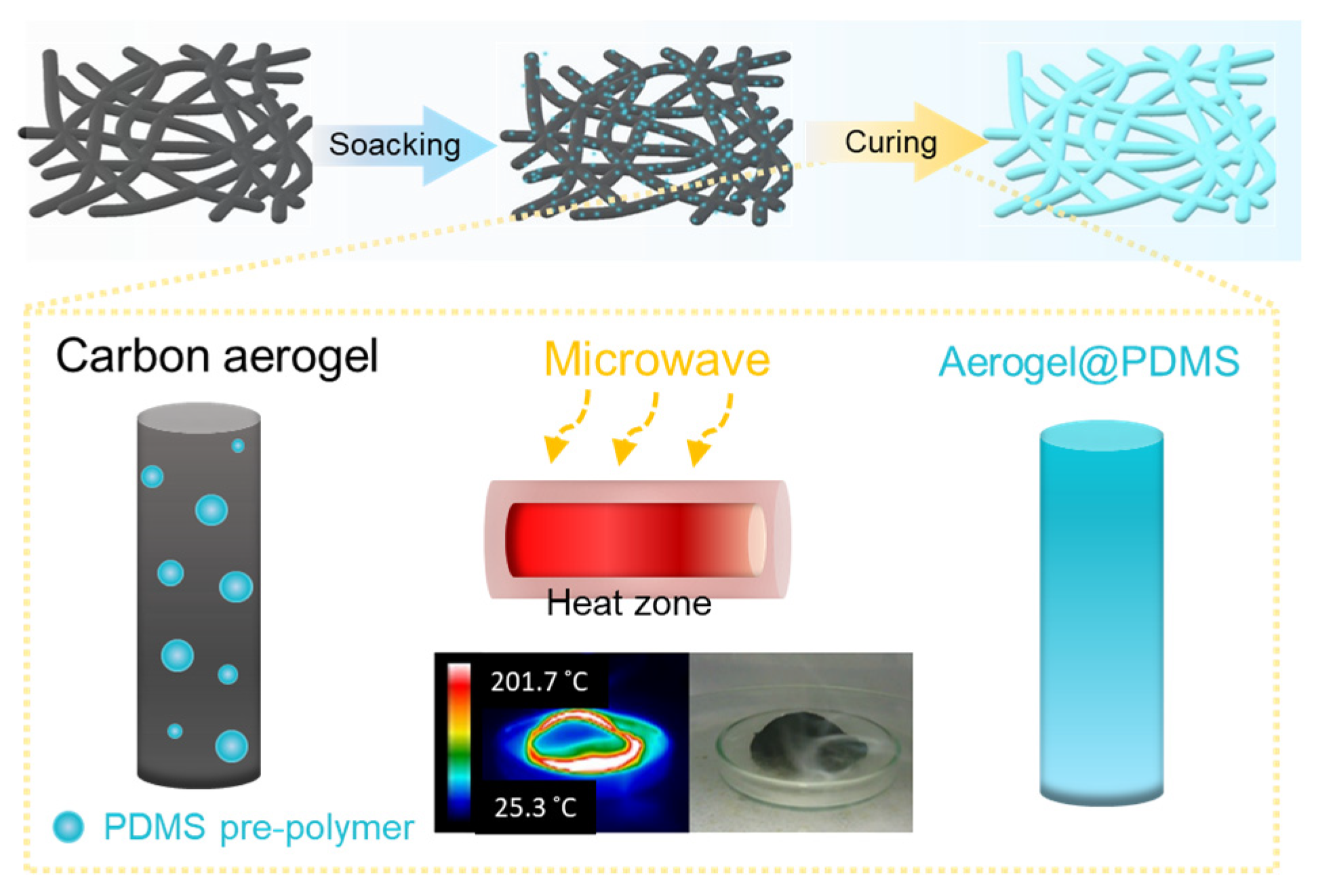
Materials, Free Full-Text

Green Preparation of Thermal-Insulative, Flame Retardant, and Hydrophobic Silica Aerogel Reinforced Poly(vinyl alcohol) Composites

Emerging bio-dispersant and bioremediation technologies as environmentally friendly management responses toward marine oil spill: A comprehensive review - ScienceDirect

Microcrystalline Cellulose Aerogels For Oil Spill Remediation, PDF, Petroleum

MXene/Graphene modified cellulose aerogel for photo-electro-assisted all-weather cleanup of high-viscous crude oil from spill - ScienceDirect

Green aerogels from rice straw for thermal, acoustic insulation and oil spill cleaning applications - ScienceDirect

Salt-tolerant and low-cost flame-treated aerogel for continuously efficient solar steam generation - ScienceDirect

Greener' aerogel technology holds potential for oil and chemical clean-up

Transforming wood as next‐generation structural and functional materials for a sustainable future - Farid - 2022 - EcoMat - Wiley Online Library
Greener' aerogel technology holds potential for oil and chemical clean-up
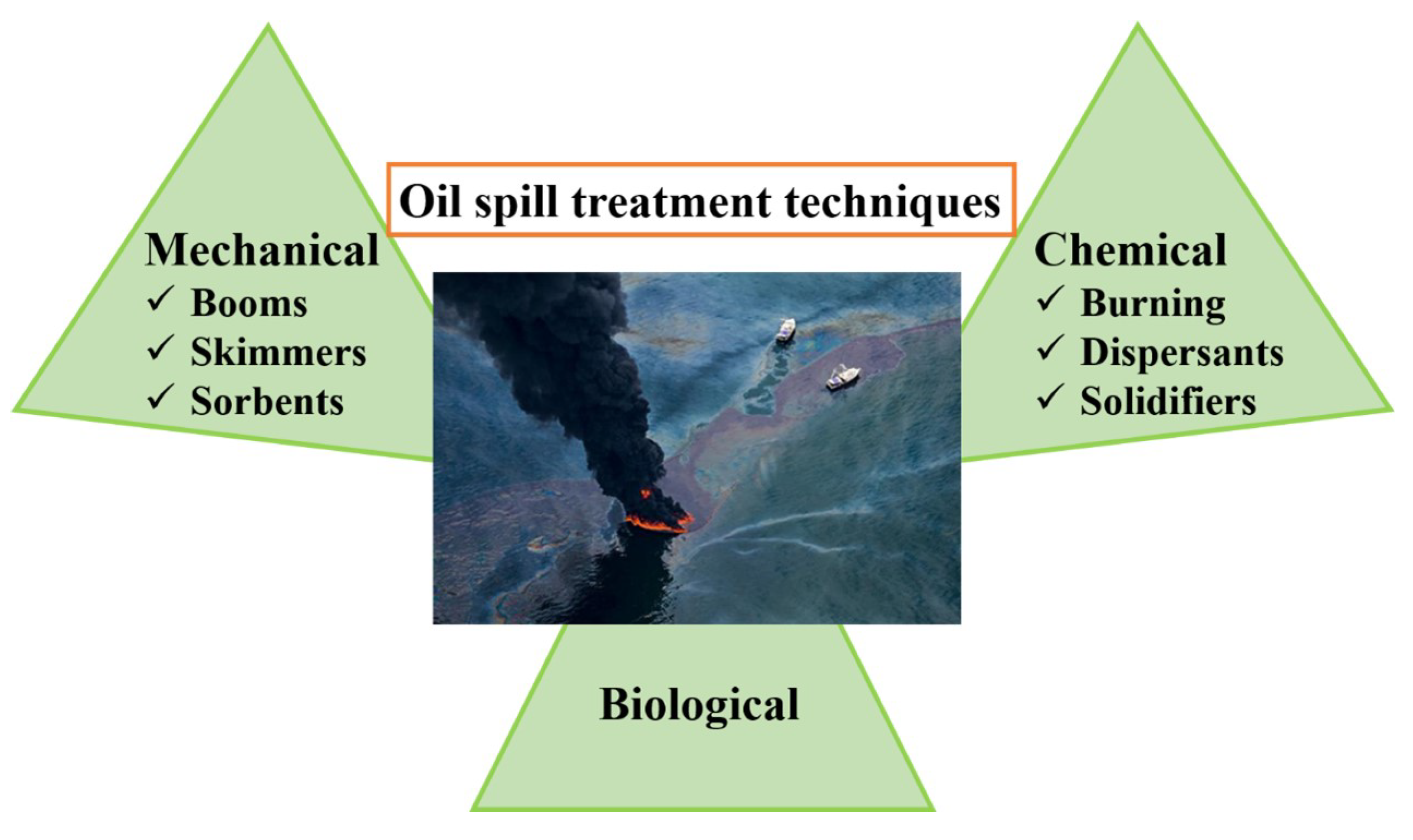
Nanomaterials, Free Full-Text

Exploring the Versatility of Aerogels: Broad Applications in Biomedical Engineering, Astronautics, Energy Storage, Biosensing, and Current Progress - ScienceDirect

Pros and Cons of oil cleanup techniques for shorelines.

Self-cleaning superhydrophobic aerogels from waste hemp noil for ultrafast oil absorption and highly efficient PM removal - ScienceDirect

Electrothermal Transformations within Graphene-Based Aerogels through High-Temperature Flash Joule Heating
